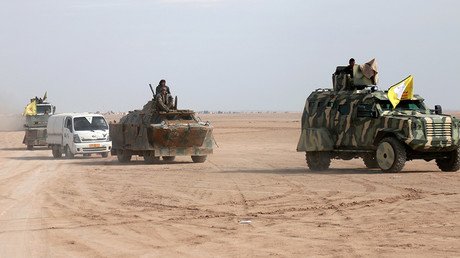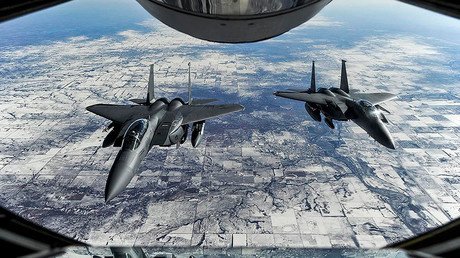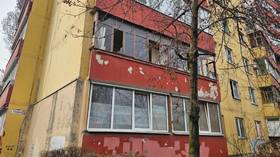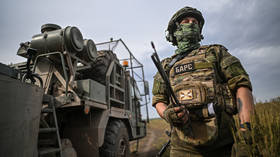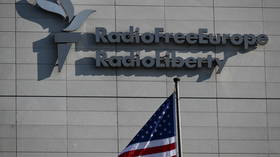US-led coalition destroys pro-government forces within deconfliction zone in Syria – Pentagon
The US-led coalition inside Syria says that it has destroyed pro-government forces that entered the deconfliction zone established around a coalition training facility. The coalition last struck a pro-government convoy in the area on May 18.
UPDATE: On Wednesday, Russian Foreign Minister Sergey Lavrov rejected the US’ justification for the attack, saying Moscow does not recognize any “deconfliction zone” declared by the US unilaterally. He said such zones were different from “de-escalation zones,” which Russia, Turkey and Iran are in the process of establishing with the full support of the United Nations Security Council and the government of Syria.
READ MORE: Deconfliction zones in Syria announced without Damascus’ consent illegitimate - Lavrov
“The Coalition destroyed additional pro-Syrian regime forces that advanced inside the well-established deconfliction zone in southern Syria,” said a statement from the US Central Command.
“The Coalition does not seek to fight Syrian regime or pro-regime forces but remains ready to defend themselves if pro-regime forces refuse to vacate the deconfliction zone.”
'Threat to US partner forces': US-led coalition airstrike targets pro-govt convoy in Syria https://t.co/pJ5ohHg5cg
— RT (@RT_com) May 19, 2017
The deconfliction zone, with a radius of about 55 km, was established around the town of At Tanf, where the US has set up base to train special forces for the final assault on the Islamic State stronghold of Raqqa.
“Despite previous warnings, pro-regime forces entered the agreed-upon deconfliction zone with a tank, artillery, anti-aircraft weapons, armed technical vehicles and more than 60 soldiers posing a threat to the Coalition and partner forces based at the At Tanf Garrison,” said the CENTCOM statement. “The Coalition issued several warnings via the deconfliction line prior to destroying two artillery pieces, an anti-aircraft weapon, and damaging a tank.”
On May 18, the Coalition attacked a convoy of what the US called “Iranian-directed troops,” who were moving in the direction of the training base, which houses several hundred US staff.
The bombardment was condemned by Damascus, which has repeatedly accused Washington and its allies of operating within its sovereign territory, and Moscow, which according to media reports, had tried to prevent the escalation of the standoff, relaying messages between the two sides.
On Tuesday, Russia criticized the strike, and called for an extraordinary UN Security Council meeting.
"The strike is a step by the US towards engaging in an open conflict in Syria, and an act of aggression," said a member of the defense and security council of the upper chamber of the Russian parliament, Frants Klintsevich.
The American attack occurred on the same day US-backed militias launched an all-out assault on Raqqa which has served as the Islamic State’s unofficial “capital” since its capture in 2014. Raqqa is located 300 km to the north of At Tanf.
The battle for the city, where up to 4,000 ISIS fighters are still thought to be holed up, is expected to be quicker than the siege of Mosul, where fighting still continues eight months after the initial assault began. The International Rescue Committee says that 200,000 civilians are still trapped in Raqqa.
Experts RT spoke to believe that in choosing to exercise pre-emptive force the US is not just defending its troops, but pursuing broader strategic goals.
“At Tanf is a potential flashpoint, and the reason the Americans have reacted so strongly, with a bombing, is because they believe they can make sure that the flashpoint doesn’t actually happen, that they can stifle it,” journalist Martin Jay said in an interview with RT from Beirut.
“The US is trying to put all sorts of pressure on Syria to make sure that Damascus will be more flexible in what it will give up at the negotiating table. And basically, they want to change the Assad regime and make it more palatable to the Israelis, Saudis and their other allies,” Daoud Khairallah, Professor of International Law at Georgetown University, told RT.
